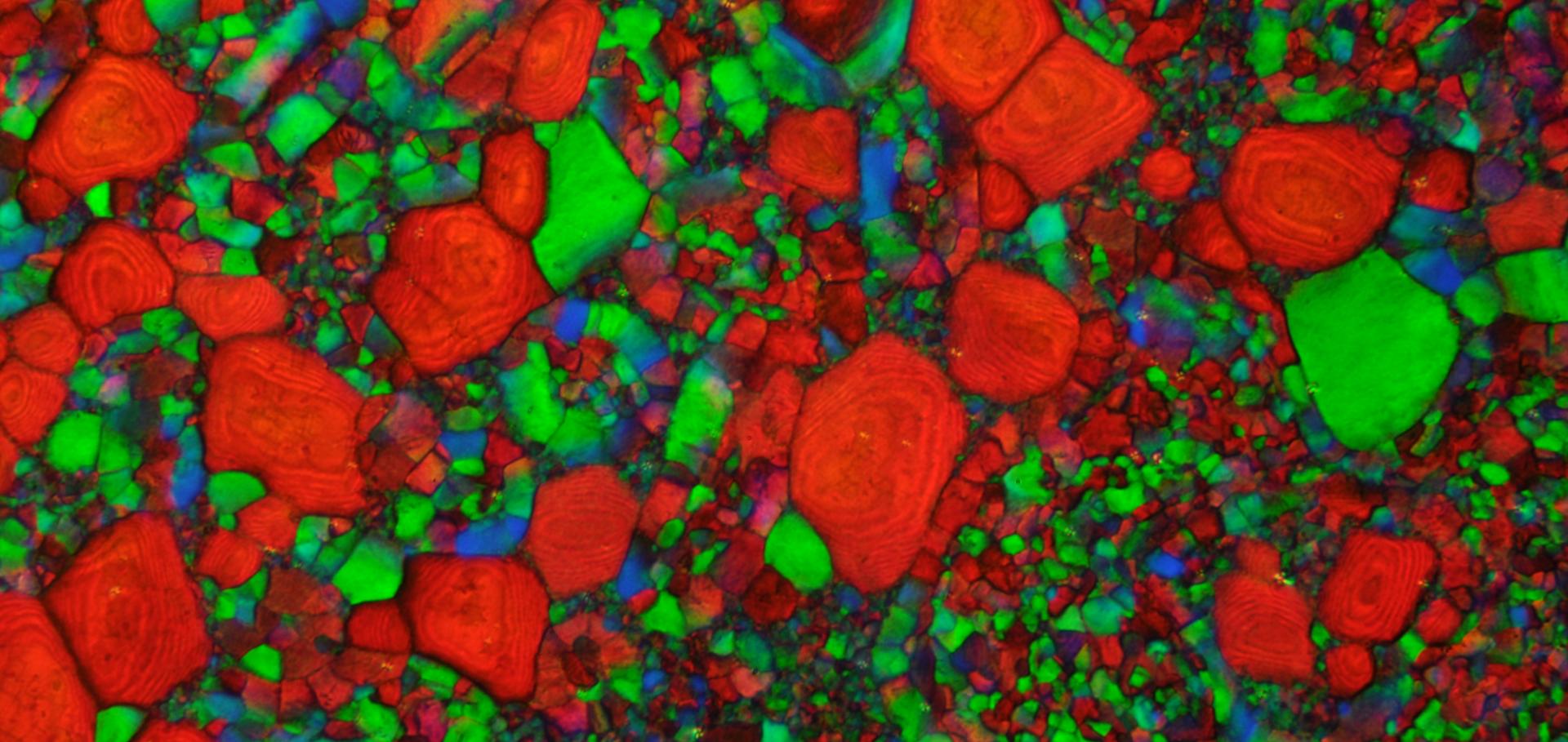Understanding the Performance-Limiting Factors of Cs2AgBiBr6 Double-Perovskite Solar Cells
ACS Energy Letters American Chemical Society (ACS) 5:7 (2020) 2200-2207
Charge-carrier trapping dynamics in bismuth-doped thin films of MAPbBr3 perovskite
Journal of Physical Chemistry Letters American Chemical Society 11:9 (2020) 3681-3688
Abstract:
Successful chemical doping of metal halide perovskites with small amounts of heterovalent metals has attracted recent research attention because of its potential to improve long-term material stability and tune absorption spectra. However, some additives have been observed to impact negatively on optoelectronic properties, highlighting the importance of understanding charge-carrier behavior in doped metal halide perovskites. Here, we present an investigation of charge-carrier trapping and conduction in films of MAPbBr3 perovskite chemically doped with bismuth. We find that the addition of bismuth has no effect on either the band gap or exciton binding energy of the MAPbBr3 host. However, we observe a substantial enhancement of electron-trapping defects upon bismuth doping, which results in an ultrafast charge-carrier decay component, enhanced infrared emission, and a notable decrease of charge-carrier mobility. We propose that such defects arise from the current approach to Bi-doping through addition of BiBr3, which may enhance the presence of bromide interstitials.Light absorption and recycling in hybrid metal halide perovskites photovoltaic devices
Advanced Energy Materials Wiley 10:10 (2020) 1903653
Abstract:
The production of highly efficient single‐ and multijunction metal halide perovskite (MHP) solar cells requires careful optimization of the optical and electrical properties of these devices. Here, precise control of CH3NH3PbI3 perovskite layers is demonstrated in solar cell devices through the use of dual source coevaporation. Light absorption and device performance are tracked for incorporated MHP films ranging from ≈67 nm to ≈1.4 µm thickness and transfer‐matrix optical modeling is utilized to quantify optical losses that arise from interference effects. Based on these results, a device with 19.2% steady‐state power conversion efficiency is achieved through incorporation of a perovskite film with near‐optimum predicted thickness (≈709 nm). Significantly, a clear signature of photon reabsorption is observed in perovskite films that have the same thickness (≈709 nm) as in the optimized device. Despite the positive effect of photon recycling associated with photon reabsorption, devices with thicker (>750 nm) MHP layers exhibit poor performance owing to competing nonradiative charge recombination in a “dead‐volume” of MHP. Overall, these findings demonstrate the need for fine control over MHP thickness to achieve the highest efficiency cells, and accurate consideration of photon reabsorption, optical interference, and charge transport properties.Intrinsic quantum confinement in formamidinium lead triiodide perovskite
University of Oxford (2020)
Abstract:
The data are in .csv format and correspond to the figures in the main manuscript and SI of the corresponding paper. The readme file describes what how each column of data corresponds to the figures.Time-resolved THz spectroscopy of metal-halide perovskite single crystals and polycrystalline thin films
Institute of Electrical and Electronics Engineers (IEEE) 00 (2019) 1-2


